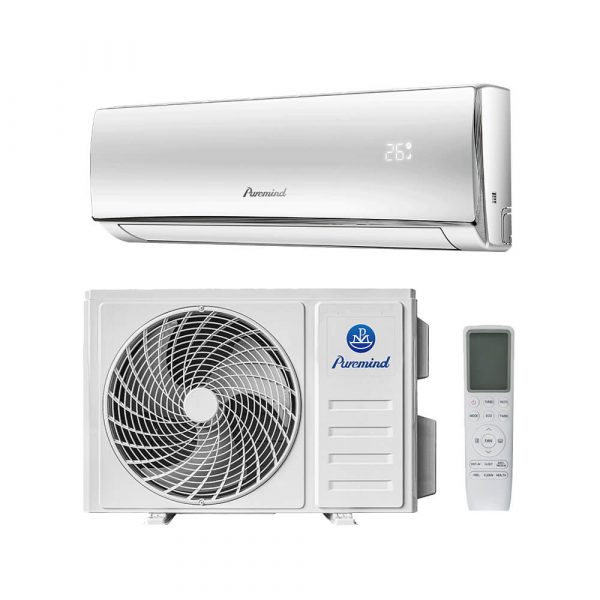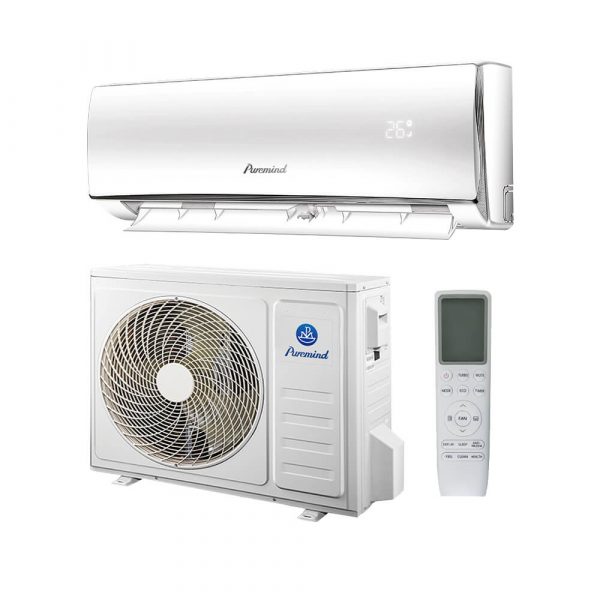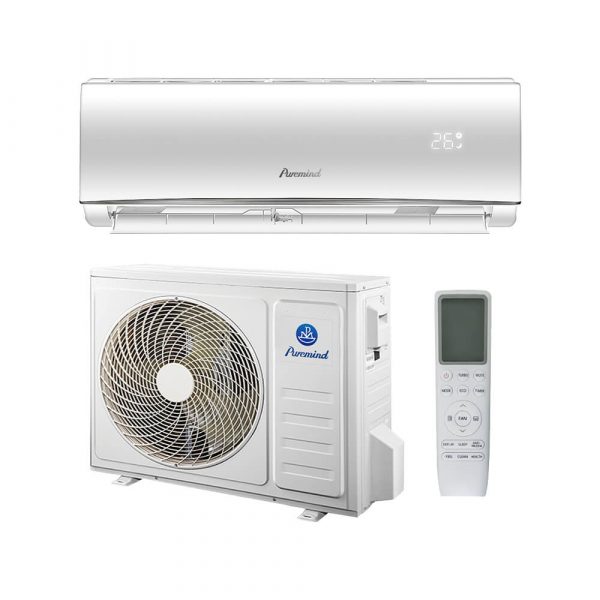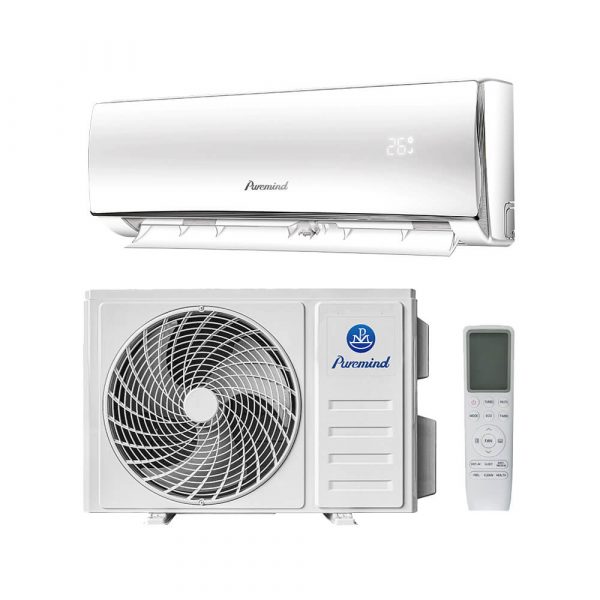What a Typical Residential Split System Air Conditioner Consists Of
When homeowners search for efficient and quiet cooling, split systems are often the top choice. But what exactly does a typical residential split system air conditioner consist of? In this article, we’ll break down the key components, how the system works, and why it has become a staple in modern HVAC solutions.
Introduction: Why Split Systems Are Popular
Split air conditioners are widely used in residential settings due to their flexibility, energy efficiency, and ease of installation compared to central air systems. Instead of relying on extensive ductwork, split systems offer targeted cooling while maintaining a clean indoor aesthetic. They’re especially popular in homes without pre-installed ducts or where zoning is desired.
Core Components of a Typical Residential Split System
A typical residential split system air conditioner consists of an indoor unit and an outdoor unit, working together to provide effective climate control. These two main components are connected by insulated refrigerant lines and electrical wiring.
1. Indoor Unit (Evaporator Unit)
The indoor unit is responsible for cooling the air and distributing it into the room. It includes several subcomponents:
- Evaporator Coil: Absorbs heat from the room’s air using refrigerant.
- Air Filter: Captures dust, pollen, and other airborne particles to improve indoor air quality.
- Fan (Blower): Circulates the cooled air through the room.
- Drain Pan & Pipe: Collects and removes moisture formed during the cooling process.
2. Outdoor Unit (Condenser Unit)
The outdoor unit releases the absorbed heat into the atmosphere. It consists of:
- Compressor: Compresses the refrigerant and circulates it through the system.
- Condenser Coil: Releases the heat absorbed from the indoor air.
- Fan: Helps expel heat from the condenser coil.
- Expansion Valve: Regulates the flow of refrigerant into the evaporator coil.
How It Works: Cooling Cycle Explained
The operation of a split system follows a continuous refrigerant cycle. Here’s a simplified version of the process:
- Warm air from the room is drawn into the indoor unit.
- The evaporator coil absorbs heat from the air, cooling it.
- The refrigerant, now carrying the heat, flows to the outdoor unit.
- The compressor pressurizes the refrigerant, and the condenser coil releases the heat outside.
- The cooled refrigerant returns indoors to repeat the cycle.
Key Advantages of Split System Air Conditioners
- Energy Efficiency: Many models boast high SEER ratings, meaning lower energy bills.
- Quiet Operation: With the compressor outside, the indoor environment remains peaceful.
- Zoned Comfort: Multi-split models allow for independent temperature control in different rooms.
- Easy Installation: No ductwork needed, making it ideal for renovations or older homes.
Single vs. Multi-Zone Residential Systems
Split systems come in various configurations. Homeowners can choose between:
- Single-Zone Split Systems: One indoor unit paired with one outdoor unit, ideal for cooling one room or open-concept spaces.
- Multi-Zone Systems: Multiple indoor units connected to one outdoor unit, allowing for independent climate control in different rooms.
Choosing the Right Size and Capacity
The capacity of a split system is measured in BTUs. Here’s a basic guide for residential sizing:
- 9,000–12,000 BTU: Bedrooms or small offices
- 18,000–24,000 BTU: Medium to large rooms or open layouts
- 36,000–48,000 BTU: Entire floors or large common areas
Getting the right size is crucial. An oversized unit may short-cycle, while an undersized one will struggle to maintain comfort. Consult a professional for an accurate load calculation.
Smart Features in Modern Split Systems
Today’s residential split systems come packed with smart technology and added convenience:
- Wi-Fi connectivity and smartphone apps
- Voice control via smart home systems
- Programmable timers and energy-saving modes
- Inverter technology for variable-speed efficiency
Maintenance Tips for Homeowners
Regular maintenance is key to ensuring optimal performance and longevity. Homeowners should:
- Clean or replace air filters monthly
- Check the condensate drain line for blockages
- Wipe down indoor unit vents and grills
- Keep the outdoor unit free of debris and foliage
- Schedule annual professional inspections
Cost Considerations
The cost of a residential split system varies depending on size, features, and brand:
- Unit price: $1,500 – $4,000
- Installation: $1,000 – $3,000
Though upfront investment may be higher than window units, the energy efficiency, comfort, and long-term durability make split systems a cost-effective choice.
Where to Buy Residential Split Air Conditioners
If you’re looking for dependable, energy-efficient split systems for your home, Puremind offers a full selection of residential split air conditioners designed to meet modern comfort standards. As a trusted HVAC manufacturer, Puremind ensures quality, innovation, and performance in every unit.
Frequently Asked Questions
Q: Can I install a split system myself?
It’s strongly recommended to hire a licensed technician. Refrigerant handling, electrical work, and system calibration require professional expertise.
Q: Does it also heat?
Yes, many residential split systems include a heat pump mode, allowing for efficient heating in cooler seasons.
Q: How long does a split system last?
With proper care, most residential split systems can last 12 to 20 years.
Q: Are they better than window units?
Yes. Split systems are more efficient, quieter, and aesthetically pleasing than traditional window units.
Conclusion
Understanding what a typical residential split system air conditioner consists of helps homeowners make informed choices about their cooling solutions. With efficient performance, flexible installation, and modern features, split systems are a powerful and practical way to stay cool year-round.
Need help choosing the right unit? Explore Puremind’s residential split air conditioners today and find the perfect system for your home.







